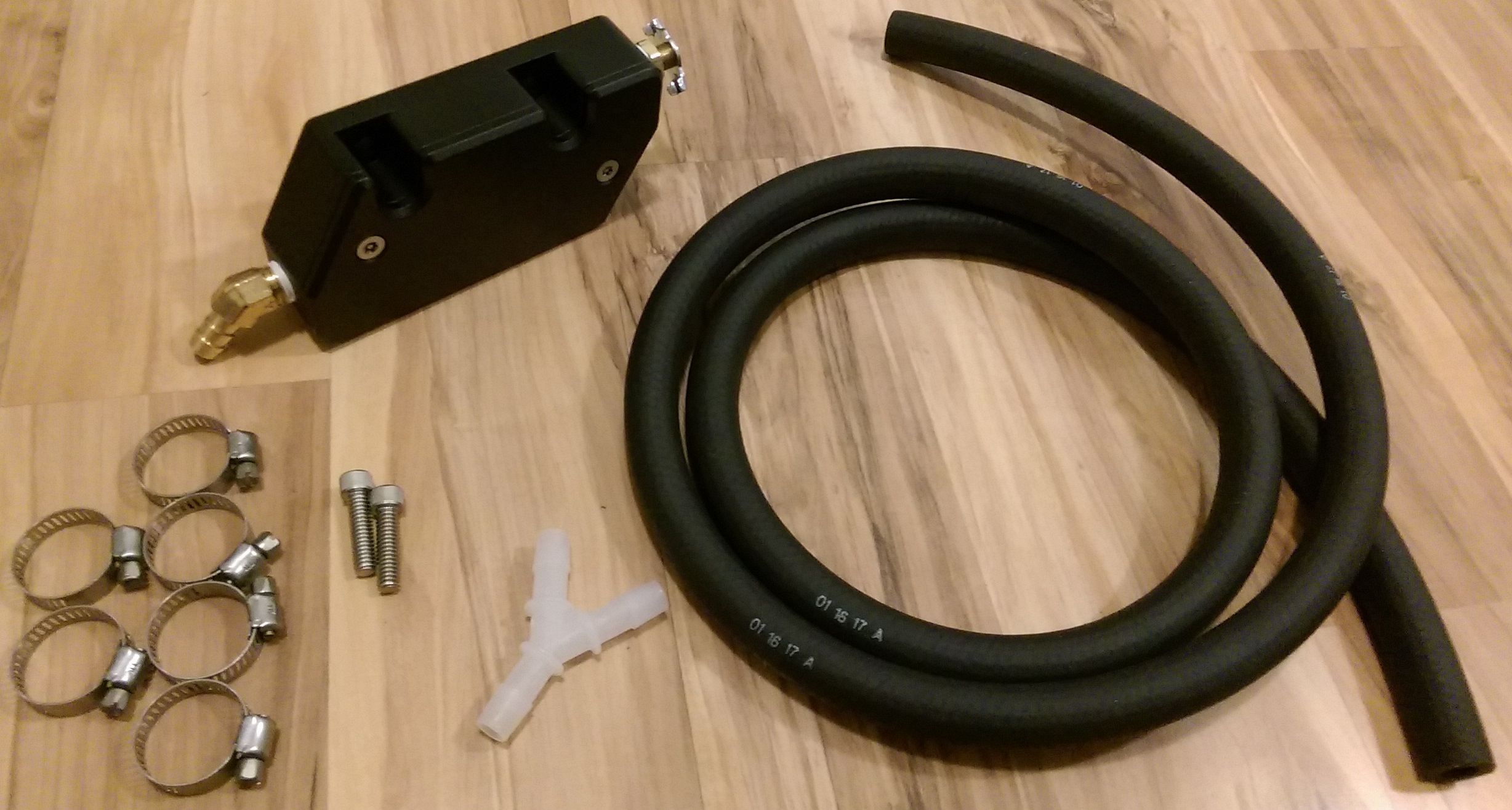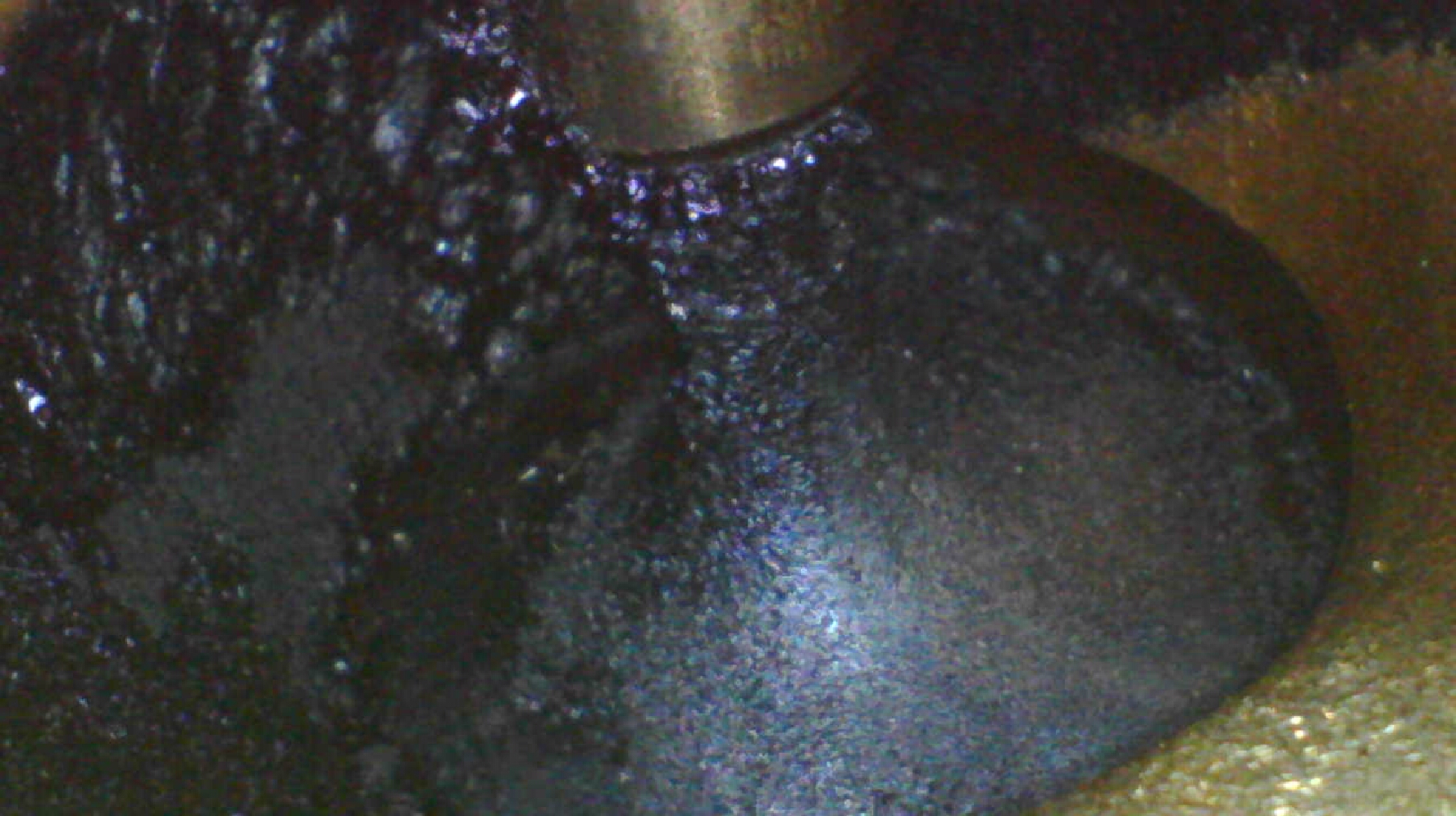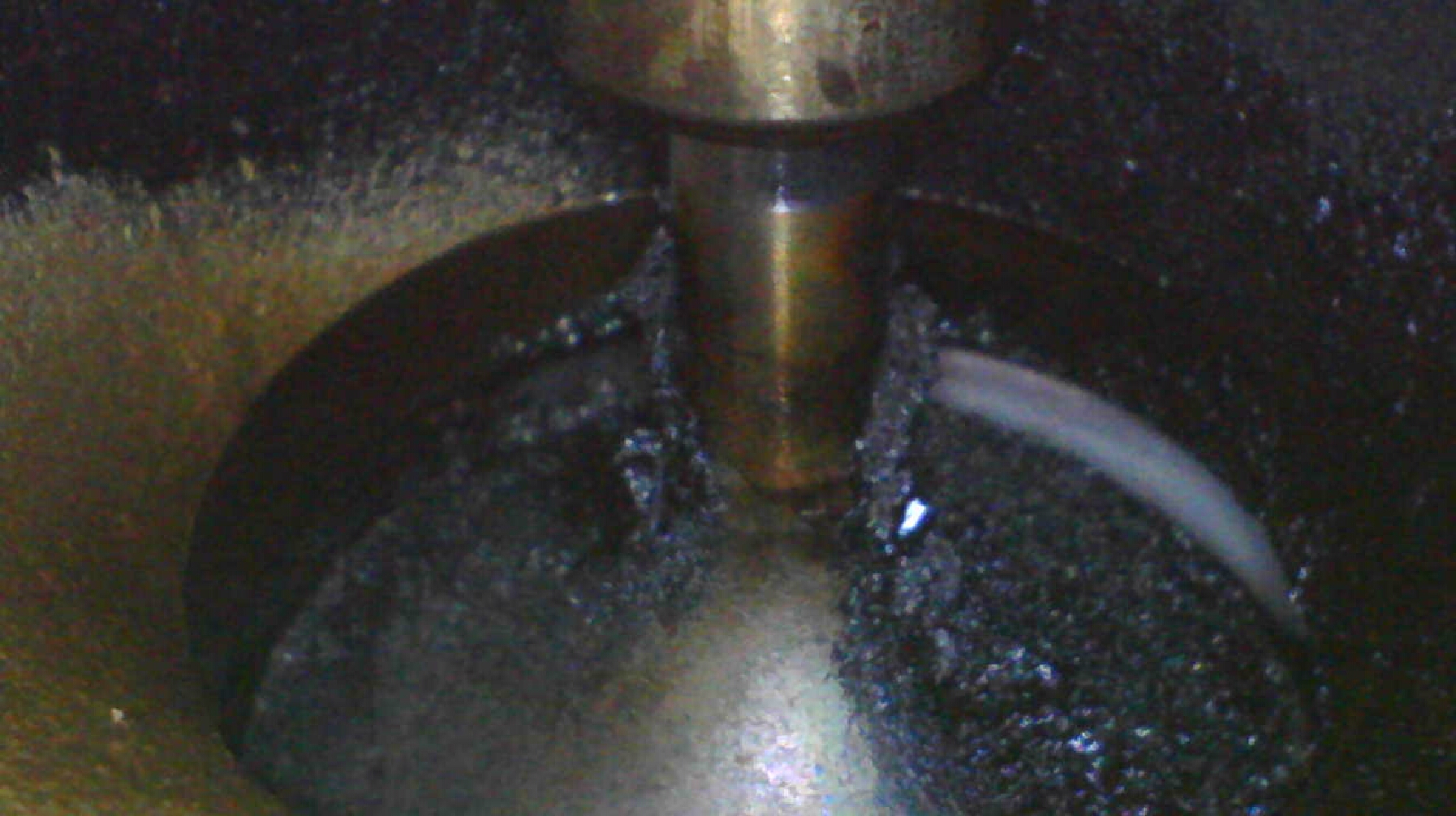Chicknstripn
Well-known member
Just curious.....
How much did this "epic" catch can project cost you?
How much did this "epic" catch can project cost you?






















Just curious.....
How much did this "epic" catch can project cost you?
It's expensive, it may not be necessary, it doesn't hurt anything, it looks cool. If you like it and want one on your bike then I say he'll yeah.


Exactly where I stand with it. Whether or not you agree with the concept or the rationalization, the execution is above and beyond that of most aftermarket manufacturers.

X2 ^^^^^^^:eagerness:
Like I said before, to each their own. It may be pointless to some and the benefits may be infinitesimal, but it's pretty and sure isn't hurting anything other than your wallet. Sometimes an engineering exercise is exactly that. I'm sure TPHAK is enjoying himself, and good on him for it.
We all have seen much more spent for much less purpose.

TPHAK, the cleanliness of your fingernails tells the whole story:angel:
Sorry, I couldn't help myselfhaha
TPHAK the valves in the picture are classic high millage light oil burn. I would check your plugs. They should be a nice light tan on the porcelain among other things. Nothing to really worry about could be ran forever like that. Does your bike use oil between changes?





Can you snake that camera to photo the cylinder walls?